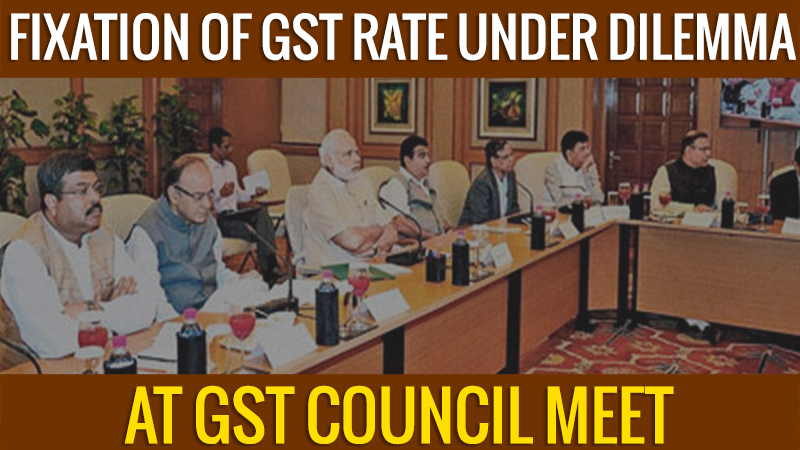
Goods and Service Tax rate have been in very much disguise as there is no exact point on which both state and central government can conclude up. The committee formed by the powered officials which comprised state and central government genre will be looking into the matter.
An official noted down the point that, “The methodology for deciding the rates has to be arrived at. For this, clarity is needed on the exemptions list and the threshold. The exemption list has to be pruned from the existing one. A decision also has to be taken if a negative list of service tax will continue in the GST regime. Rates and dual control will be discussed, but a consensus looks unlikely. A lot of the ground work still remains to be done.”
A final decision is yet pending on the RNR i.e Revenue-neutral Rate which has to be decided on the basis of no loss to any of the states under the GST taxation scheme.
Sumit Dutt Majumder, former chairman of the Central Board of Excise and Customs, said, “All income tax, excise and service tax issues are handled by the LTU for large taxpayers. Something similar can be done for small taxpayers below Rs1.5 crore wherein state GST and central GST officials can work together in the small taxpayer unit. The center has the right to collect integrated GST (IGST). But if states’ demand single control, then the Constitution may have to be further amended to allow states to collect IGST.”
Read Also: GST vs VAT: Simple Way to Describe the Differences
The Government will likely to draft three GST legislations till November 2016 while concluding all the related subject matter over the application this taxation regime by April 2017, the commencing date of GST taxation as decided by the supreme body.